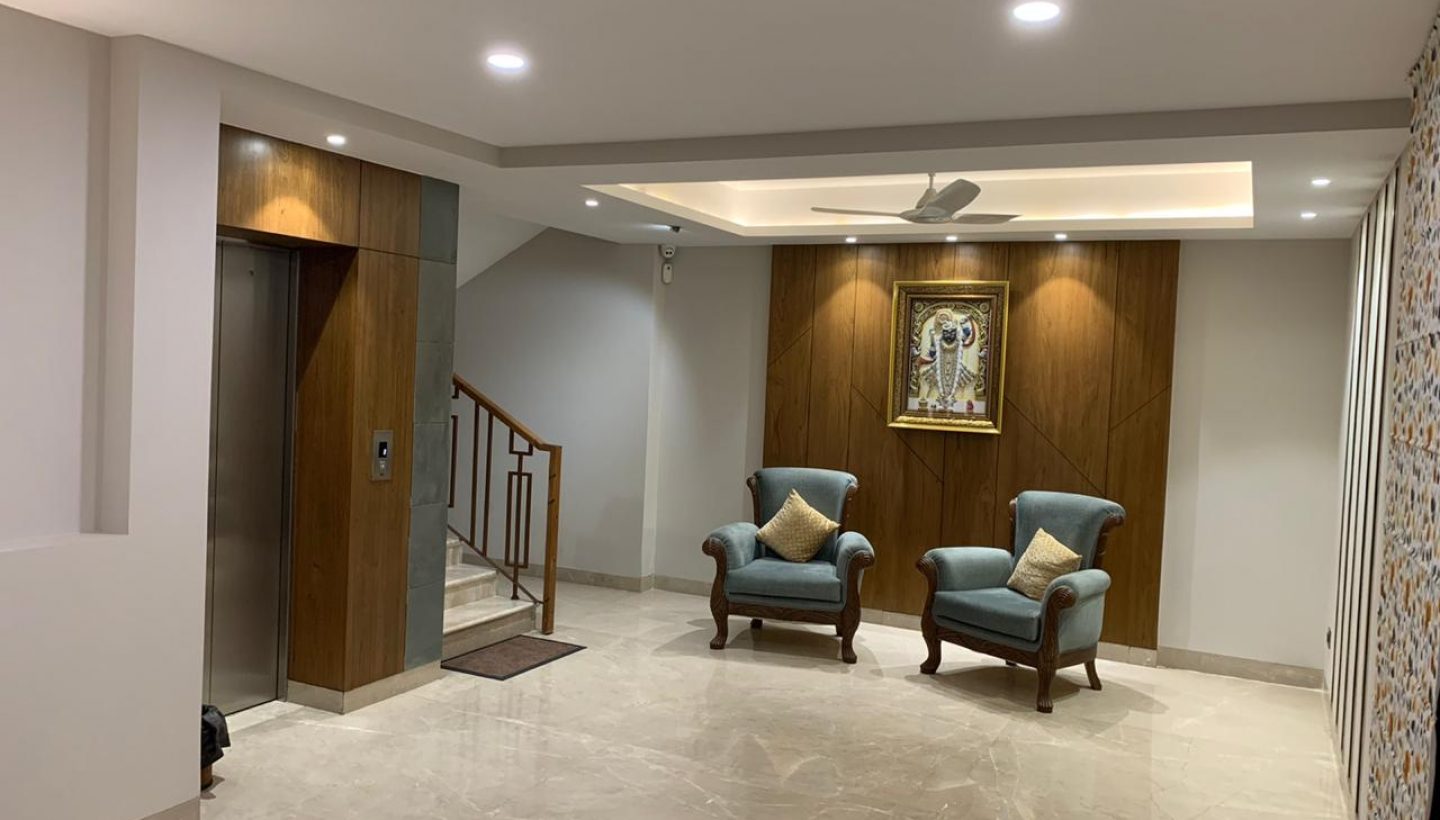LED lighting can be found in a wide range of residential and industrial devices, and the list continues to grow year after year. LED technology has advanced at a breakneck pace, resulting in increased product availability, increased manufacturing efficiency, and cheaper prices.
LEDs are useful for many industrial applications too, because of their high efficiency and direct nature. Not just homes and garages, Street lights,walkways, refrigerated case lighting, etc are all using LEDs.
Advantages of LED
- The long lifespan of LEDs is without a doubt the most significant advantage when compared to traditional lighting options. The average LED lasts from 50,000 to 100,000 hours of operation. It lasts 40 times longer than a standard incandescent bulb. Less frequent replacement results in two major benefits: lower labour costs and lower light replacement costs (because the bulbs simply do not fail for a long time).
- LEDs are known for their low power consumption. When evaluating the energy efficiency of different lighting solutions, the statistics to look for are known as luminous efficacy or usable lumens. The amount of light emitted per unit of power (watts) consumed by the bulb is effectively described by these two items. Most of the LED lighting retrofit projects result in a 60-75 per cent increase in the total energy efficiency of the facility’s lighting. The savings could be more than 90% depending on the existing lighting and the LEDs used.
- When it comes to LED lighting, one of the most frequently neglected benefits is safety. When it comes to lighting, the most dangerous hazard is the release of heat. Traditional bulbs like incandescents convert more than 90% of the entire energy used to power them straight into heat, whereas LEDs emit essentially little forward heat. That means that only 10% of the energy consumed to power incandescent lights is utilised to produce light (which also makes them extremely inefficient compared to LEDs). LEDs can also work well on low-voltage electrical systems since they require less electricity. If something goes wrong, these are often significantly safer.
- The LED gadget itself is incredibly small. Small power devices can be as small as a tenth of a millimetre squared, whereas bigger power devices can be as small as a millimetre squared. LEDs are very flexible to an infinite variety of lighting applications due to their small size. LEDs have a wide range of applications, ranging from circuit board illumination and traffic signals to modern mood lighting, residential and commercial property applications, and even huge stadium lighting.
- LEDs can function at almost any percentage of their rated power (0 to 100 percent). It’s worth noting that they do require LED-specific circuitry to dim (meaning you cannot use the dimming equipment for an incandescent bulb or other traditional lighting technology). One advantage of using LEDs at a lower power level is that they become more efficient as the power is dropped. As a result, the light’s overall lifespan is extended. Both of these benefits are missing with technologies like metal halides, which become less efficient at reduced power and can’t be dimmed in many circumstances.




